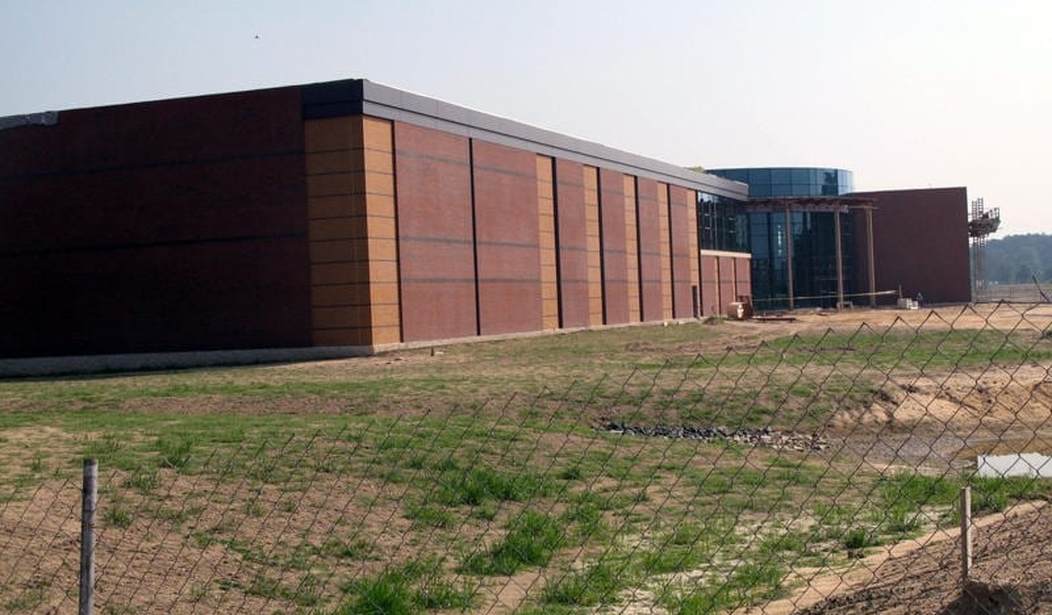WASHINGTON – A defense official on Tuesday urged Congress to reauthorize a new round of Base Realignment and Closure, an approval last granted in 2005 when fierce debate opened over the costs and savings associated with closing military bases around the country.
For the past six years, Congress has rebuffed the Department of Defense’s efforts to gain BRAC reauthorization, despite DOD analysis that 22 percent of domestic military base space is unused due to consolidation. The first BRAC was enacted in 1988 as a political compromise between the executive and legislative branches to close and realign military bases.
Bob Hale, Pentagon comptroller from 2009 to 2014, told Defense News last year that the five rounds of BRAC — 1988, 1991, 1993, 1995 and 2005 – have amounted to $12 billion in savings per year. About 350 military installations have been closed through BRACs.
But several lawmakers say that the 2005 reauthorization was exorbitantly costly, while criticizing DOD estimates on the savings. Rep. Rob Wittman’s (R-Va.) office delivered a report in 2009 claiming that the up-front costs associated with consolidation in 2005 would not be paid off until 2018, five years later than DOD projections.
The Government Accountability Office in June 2012 released a report adjusting cost estimates associated with the 2005 BRAC. According to GAO, 2005 costs grew from the $21 billion originally estimated by the BRAC Commission in 2005 to about $35.1 billion, a 67 percent increase that was largely blamed on construction costs.
The future of the BRAC included in the 2018 authorization and appropriation bills is unclear. Defense officials have said that in order for the BRAC to come to fruition, it will need the support of the Senate.
Assistant Defense Secretary Lucian Niemeyer said today that the BRAC is not simply about consolidating military bases, but more importantly about allowing the U.S. to maximize warfare technology and capability. He said that domestic military operations are not currently placed in the most effective and efficient locations in terms of training, readiness, deployment and lethality. He cited three priorities that Defense Secretary James Mattis offered when taking office: address readiness concerns, increase military capabilities and enhance lethality. BRAC will help DOD address all three, Niemeyer said.
“(We need) an updated basing strategy to meet a new and emerging national defense strategy,” Niemeyer said at the Heritage Foundation. “From the Department of Defense’s perspective, that is the sole and primary reason why Congress allowing us to look at our basing, to make prudent decisions on where to station forces (is important). … For us, it’s not just a matter of finding efficiencies. It’s a matter of improving the military value and effectiveness and lethality of our military forces.”
Former Veterans Affairs Secretary Anthony Principi, who chaired the 2005 BRAC Commission, said that DOD has been significantly hamstrung in its discretion to close bases. Meanwhile, the department has been forced to consolidate and meet the needs of a constrained budget.
The result, he said, is a lot of empty buildings on military bases, which need to be heated and cooled and amount to millions that would be better spent on “advancing the defense establishment.” He added he’s hopeful the cost estimate issues that arose in 2005 have been addressed.
Andrew Hunter, a senior fellow at Heritage, said that a potential BRAC re-authorization will need the support of both Armed Services committee chairmen, Rep. Mac Thornberry (R-Texas) and Sen. John McCain (R-Ariz.).
Hunter said that McCain has stepped up in this area, as did former Chairman Sen. John Warner (R-Va.) in 2005. He said that resistance to another round of BRAC was “weakened” in April 2016, when DOD delivered its assessment that 22 percent of domestic defense infrastructure is considered “excess.”









Join the conversation as a VIP Member